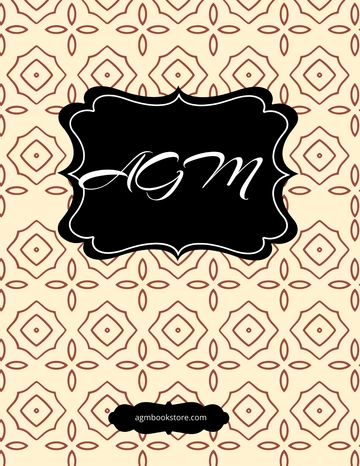Free Chapter Book Cover

Author: | [YOUR NAME] |
Company: | [YOUR COMPANY NAME] |
Department: | [YOUR DEPARTMENT] |
Date: | [CURRENT DATE] |
I. Introduction
Welcome to the comprehensive guide on designing a professional Chapter Book Cover. Your book cover is often the first interaction a reader has with your work, making it a vital part of your book's success. This template is designed to guide [YOUR NAME] through the process of creating an eye-catching and effective cover that represents the essence of the content and attracts the target audience.
The following sections will lead you step-by-step through the necessary components, design considerations, and tips for creating a compelling cover design. Use this template to ensure consistency and coherence in your cover design effort, while personalizing details to fit [YOUR BOOK TITLE] and its unique narrative.
II. Design Elements
Every element on your book cover must be chosen with care, as each contributes to the overall impression your book will make. Below are the key elements that [YOUR NAME] should consider:
Imagery: Select images that resonate with your book’s theme. High-quality images are preferable, ensuring they are either owned by [YOUR COMPANY NAME] or licensed correctly.
Title Font and Size: The title should be the most prominent text on the cover. Choose a font that reflects the book's genre and is easy to read even in thumbnail size.
Colour Scheme: Colours can evoke emotions and set the tone. Choose a palette that corresponds with the mood you want to convey.
Keep in mind the target audience and the market standards for the genre of [YOUR BOOK TITLE] when selecting these design elements.
III. Layout Considerations
The layout of your book cover involves the strategic placement of each element to create a cohesive and balanced look. [YOUR NAME] should follow these guidelines:
Position the book’s title at the top or centre of the cover to ensure it gets immediate attention.
Place your name or the author's name, [AUTHOR’S NAME], at the bottom, ensuring it is clear but not overpowering the title.
Include critical information such as the publisher’s logo or [YOUR COMPANY NAME] branding in a less prominent position, maintaining the focus on the book’s title and imagery.
Ensuring these elements are proportionally balanced will make your cover visually appealing and effective in marketing terms.
IV. Finalizing and Review
Before finalizing the design, [YOUR NAME] should solicit feedback from peers, potential readers, and colleagues within [YOUR COMPANY NAME]. This feedback can provide crucial insights into how your cover is perceived and any potential changes that may improve its effectiveness.
Once the design is finalized, ensure all elements are correctly aligned, and text proofed for typos. High-quality printing or digital rendering is crucial for the final output to ensure that the design translates effectively into the final product.
- 100% Customizable, free editor
- Access 1 Million+ Templates, photo’s & graphics
- Download or share as a template
- Click and replace photos, graphics, text, backgrounds
- Resize, crop, AI write & more
- Access advanced editor
Introducing the Chapter Book Cover Template from Template.net, crafted for authors seeking a captivating book presentation. Fully editable and customizable, it allows seamless personalization to reflect your unique story. Edit effortlessly using our AI Editor Tool, ensuring your book cover is as compelling as your narrative. Elevate your book's appeal today!





























